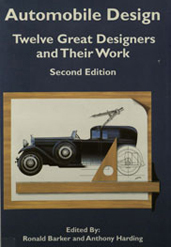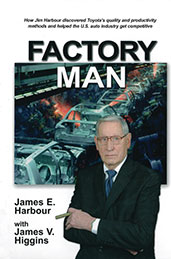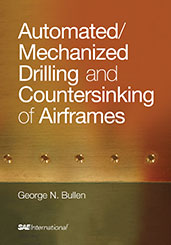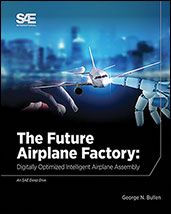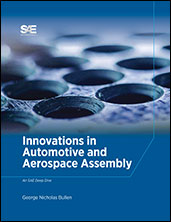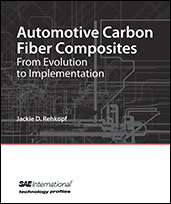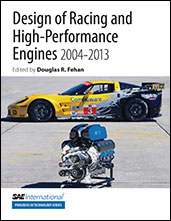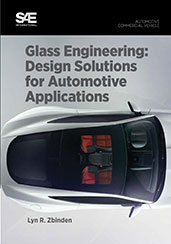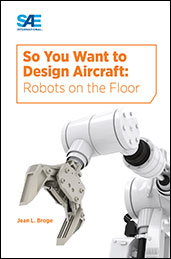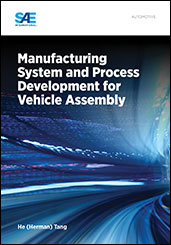Book
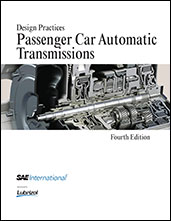
Design Practices: Passenger Car Automatic Transmissions
2012-05-22
Since the mid-20th Century, automatic transmissions have benefited drivers by automatically changing gear ratios, freeing the driver from having to shift gears manually. The automatic transmission's primary job is to allow the engine to operate in its speed range while providing a wide range of output (vehicle) speeds automatically. The transmission uses gears to make more effective use of the engine's torque and to keep the engine operating at an appropriate speed. For nearly half a century, Design Practices: Passenger Car Automatic Transmissions has been the “go-to” handbook of design considerations for automatic transmission industry engineers of all levels of experience. This latest 4th edition represents a major overhaul from the prior edition and is arguably the most significant update in its long history. In summary, the authors have put together the most definitive handbook for automatic transmission design practices available today.
